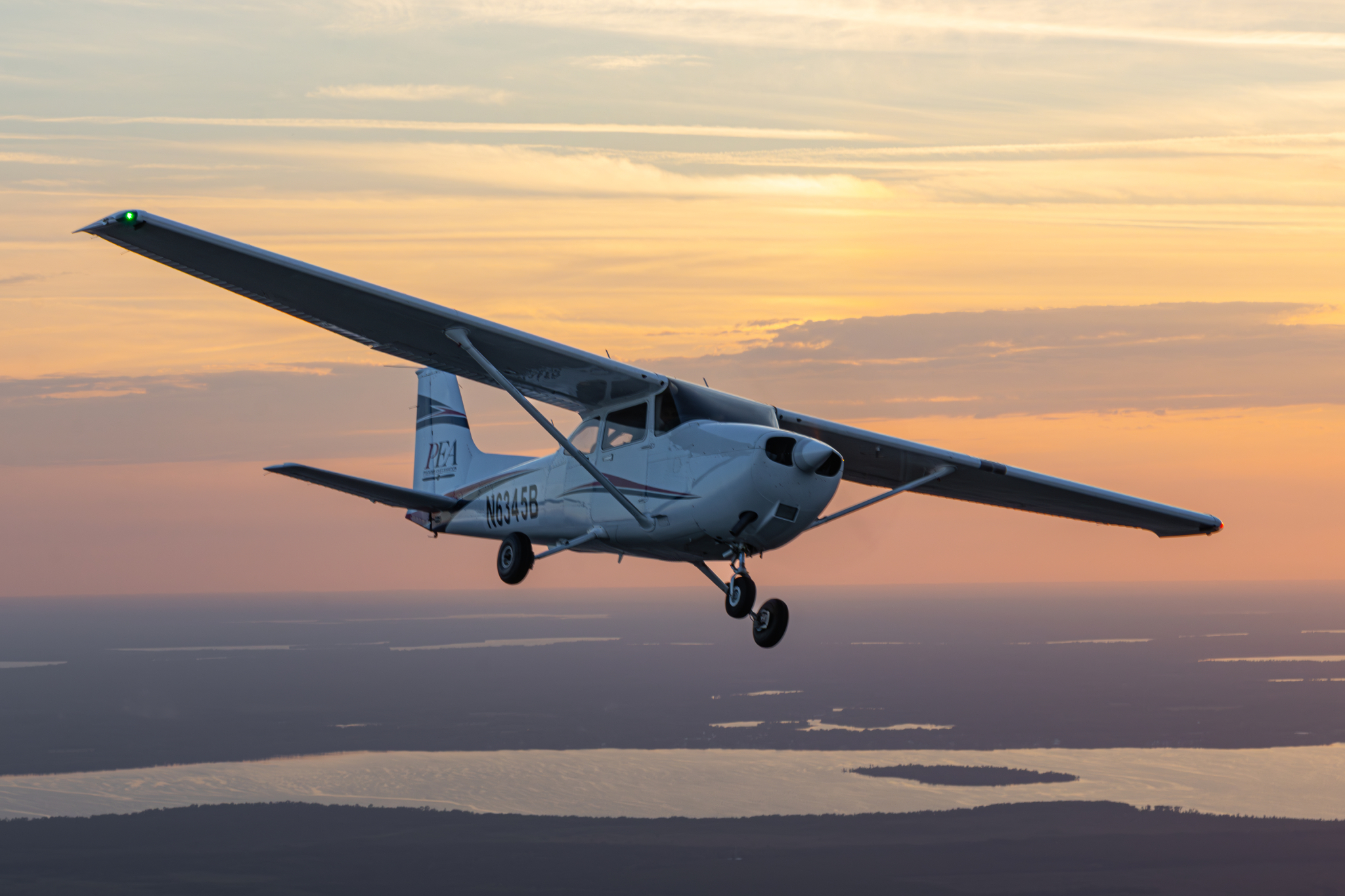Cessna Skyhawk’s Impact on the Future of Aviation
The Cessna Skyhawk, officially known as the Cessna 172, has long been a cornerstone in aviation, particularly in pilot training. This iconic aircraft, first flown in 1955, has become synonymous with reliability and efficiency. As the aviation industry looks to the future, the Skyhawk’s influence continues to be felt across various facets of aviation, from educational programs to technological advancements.
Cessna Skyhawk: A Staple in Modern Aviation Training

The Cessna Skyhawk is celebrated for its user-friendly design and exceptional performance, making it an ideal training aircraft. Its high-wing configuration provides excellent visibility, which is crucial for new pilots learning navigation and situational awareness. Additionally, the aircraft’s forgiving flight characteristics make it a favorite among flight schools worldwide, providing a safe and reliable learning environment that helps reduce the stress of student pilots.
Another critical factor contributing to its popularity in pilot training is the aircraft’s maintenance simplicity and cost-efficiency. The Skyhawk’s durable build and readily available parts ensure that flight schools can keep costs manageable, making aviation more accessible to aspiring pilots. Furthermore, the ease of maintenance allows schools to maintain a high level of operational readiness, ensuring that students receive consistent training schedules.
The Skyhawk’s adaptability to various training needs also plays a pivotal role in its dominance in aviation education. From basic flight maneuvers to complex navigation exercises, this aircraft is versatile enough to handle the diverse requirements of modern pilot training programs. Its robust design supports the integration of modern avionics and technology, allowing students to train with the latest equipment and prepare for the evolving demands of professional aviation environments.
Shaping Future Skies: The Skyhawk’s Lasting Influence

The impact of the Cessna Skyhawk extends beyond pilot training, influencing the broader aviation industry and technological innovations. As a platform known for its adaptability, the Skyhawk has been at the forefront of adopting new technologies. From advanced avionics systems to environmentally conscious engine upgrades, the Skyhawk serves as a testing ground for innovations that may eventually become standard in larger commercial aircraft.
Moreover, the Skyhawk’s widespread use has helped shape safety standards and best practices within the industry. As one of the most flown aircraft globally, it has accumulated extensive safety data, contributing to a deeper understanding of risk management and accident prevention. This data is invaluable for both manufacturers and regulatory bodies aiming to enhance safety protocols and ensure the continued security of flight operations.
The significance of the Cessna Skyhawk in the aviation industry is reflected in its role in inspiring future generations of aviators and engineers. As students and professionals engage with the Skyhawk, they are not only learning to fly but also participating in a legacy of innovation and excellence that encourages further advancements in aviation technology. This inspiration is crucial for the ongoing development of the industry, as new ideas and technologies will define the next era of aviation.
As the aviation industry evolves, the Cessna Skyhawk remains a vital contributor to its progress. Its historical significance and continued relevance highlight its role as more than just a training aircraft. It is an enduring symbol of aviation’s possibilities, inspiring innovation and setting standards that shape the future of flight. Whether used to train the next generation of pilots or to test cutting-edge technologies, the Skyhawk’s impact on the industry is undeniable and poised to continue for decades to come.



